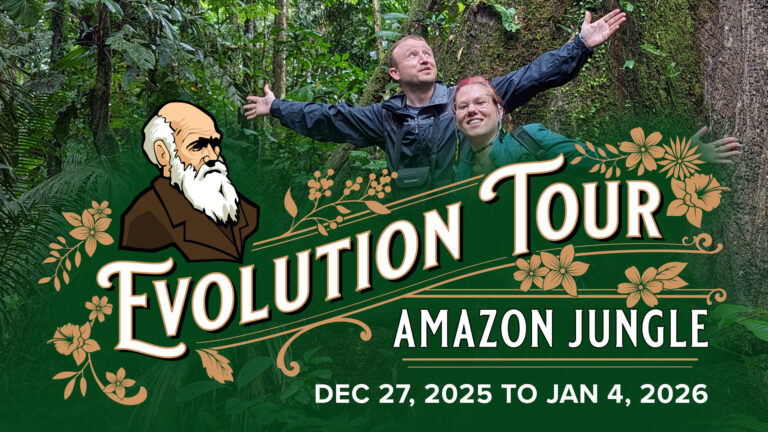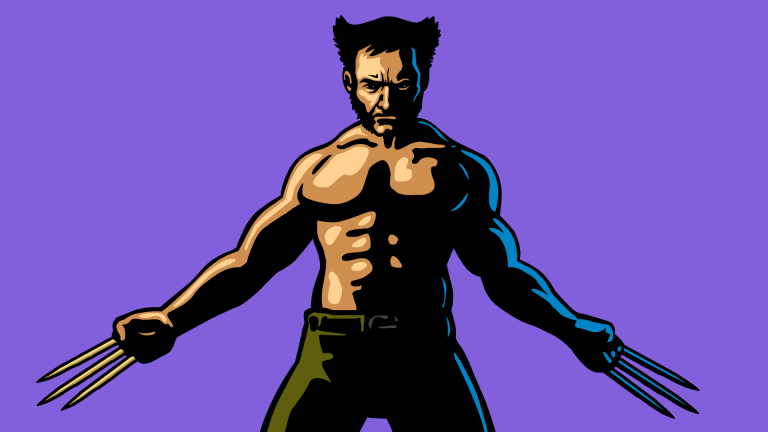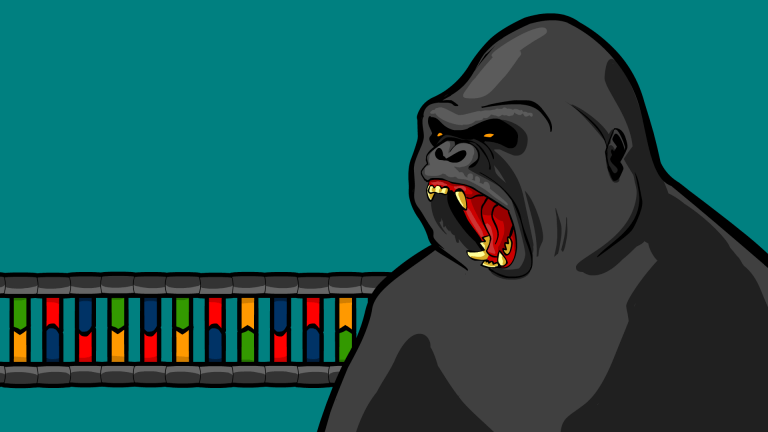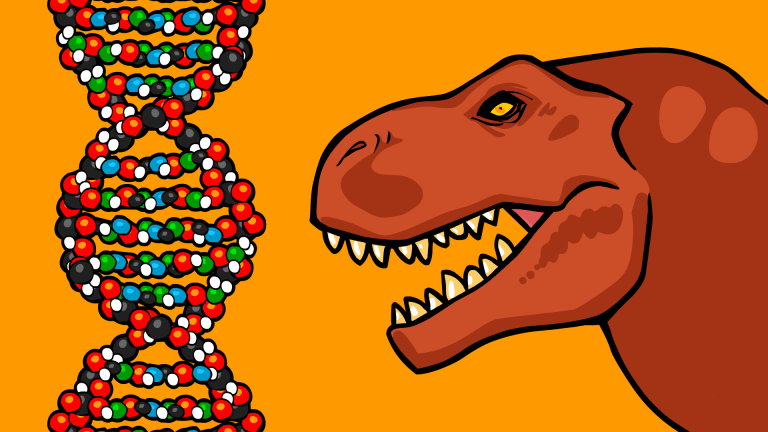Overview
A chromosome is a long chain of DNA packaged together with a collection of proteins. The human genome (all the genetic information in your cells) is contained in 23 pairs of chromosomes. Each cell has its own complete compete of your genome. The reason eye-ball cells are different from liver cells is that certain liver genes are turned off in eye-ball cells and vice versa.
When a sexually reproducing plant or animal reproduces, half of its chromosomes are shuffled together with half the chromosomes of its sexual partner. The result is a child with half its DNA from its mother and half from its father.
For Teachers
The content of this video meets criteria in the following Disciplinary Core Ideas defined by Next Generation Science Standards. Use our videos to supplement classroom curriculum.
Contributors
Our videos benefit from guidance and advice provided by experts in science and education. This animation is the result of collaboration between the following scientists, educators, and our team of creatives.
Team
- Jon Perry
- Rosemary Mosco
- Jordan Collver
Advisors
- Johana Revel, PhD
Transcript
What is a chromosome?
A chromosome is a single strand of DNA along with a group of proteins that process and package that DNA.
The purpose of a chromosome, is to carry the genes of a living thing. Genes are special segments of DNA that tell a creature’s body how to grow and function.
Most bacteria just have one chromosome, wolves and dogs have 78, pea plants have 14, and us Humans have 46 chromosomes inside each one of our cells.
Together, your 46 chromosomes contain all the genes or, units of instruction, needed to make you who you are.
For most of a cell’s life, its chromosomes are loosely mixed together sort of like a bowl of spaghetti. This loose packaging of DNA and protein, allow the cell to find and use all of the individual genes it needs.
Cells reproduce through a special process called mitosis. They duplicate each Chromosome, or strand of DNA inside their guts, separate the two copies to either side of their body, and then split in two, right down the middle.
The process of sorting out individual DNA strands and safely moving these delicate structures to either side of the cell is virtually impossible to do when chromosomes are loosely mixed and tangled up in spaghetti form.
For this reason, after DNA is duplicated but before it’s moved to either side of the cell, special packaging proteins called Histones, attach to and gently coil each strand of DNA. They start by forming beads which bunch up to make tubes which clump into loops that eventually condense into a durable, flexible chromosome capsule.
Condensed chromosomes can be easily identified and sorted by the cell. They can be moved and manipulated without breaking.
The 4 legged chromosome shown here, which can be thought of as two spools of yarn, joined together at the hip, Is what we call a duplicated Chromosome. The left side contains the original strand of DNA, all wound up tightly, the right side contains the new copy of DNA that was made before the chromosome condensed.
Before a cell splits in two, protein fibers inside the cell grab the duplicated Chromosome by the hips, and rip it apart, dragging one half to the left, and the other half to the right.
Different Chromosomes come in different shapes and sizes. Scientists discovered that if you organize human chromosomes from longest to shortest, they sort into 23 pairs. One member of each pair came from your Dad, one member of each pair came from your Mom.
Paired Chromosomes are almost identical to each other. They contain the same genes in the same locations. The DNA code in the genes from your mother however, might be a few letters different than the DNA code that came from your father. In other words, chromosome pairs (even though they contain the same genes) may contain slightly different versions of those genes.
For example: Your mom might have given you genes for a long pointy nose, while your dad gave you genes for a wide stubby nose. Depending on who’s nose genes end up being more powerful, you might grow a pointy nose, you might grow a wide nose, or if you’re lucky, your nose might come out wide and pointy.
If you decide to have children of your own, you ‘ll pass on one copy of half of your chromosomes (some of which you originally got from you mom, some from you originally got from your dad). You’ll combine these chromosomes with half of the chromosomes from your partner, and together you’ll create a genetically unique new life.
So just to sum things up a bit, what exactly is a chromosome?
A Chromosome is a single complete strand of DNA, along with an associated group of packaging proteins.
Humans have 46 chromosomes, 23 from mom, 23 from dad. Together these 46 chromosomes contain all the genes needed to make you who you are.
I’m Jon Perry, and that’s Chromosomes, Stated clearly.





